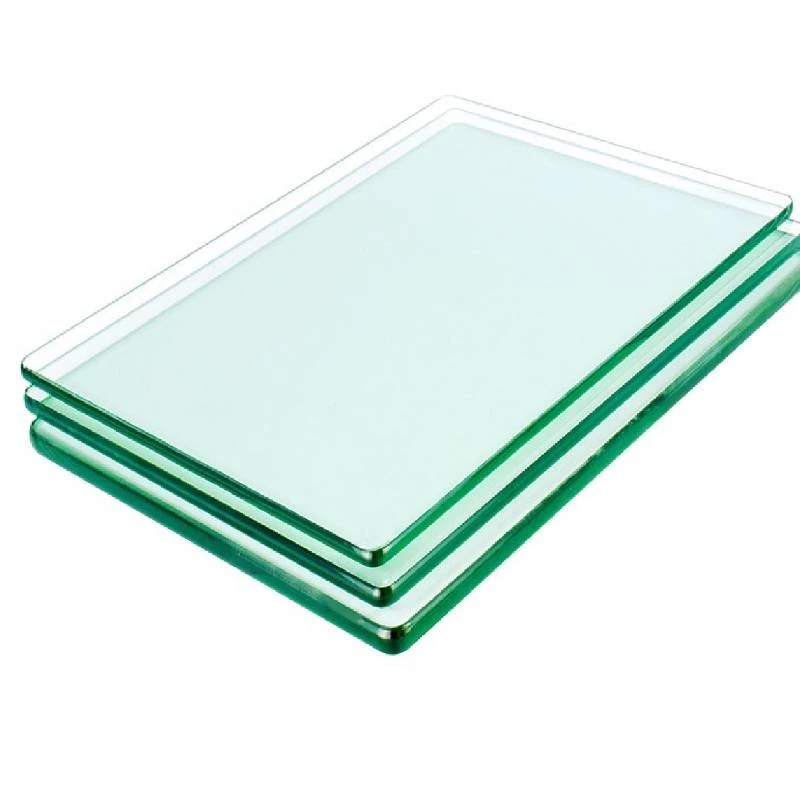Understanding the Different Types of Tempered Glass
Tempered glass, also known as toughened glass, is a type of safety glass that has been treated by various methods to increase its strength compared to normal glass. The tempering process involves heating the glass to a high temperature and then rapidly cooling it, creating a state of internal stress that allows the glass to withstand significant physical forces. This article delves into the various types of tempered glass, their characteristics, applications, and benefits.
1. Regular Tempered Glass
Regular tempered glass is the most common type found in residential and commercial buildings. It is manufactured by heating standard glass to temperatures of around 650 degrees Celsius and then cooling it quickly. This process makes the glass about five to six times stronger than untreated glass. Regular tempered glass is used in a variety of applications, including shower doors, glass tables, and storefronts. Its ability to shatter into small, blunt pieces upon breaking makes it a safer choice, minimizing the risk of injuries.
2. Laminated Tempered Glass
Laminated tempered glass is created by sandwiching a layer of polyvinyl butyral (PVB) between two sheets of tempered glass. This type of glass not only shares the strength and safety features of regular tempered glass but also offers additional benefits such as sound insulation and UV protection. In case of breakage, the PVB layer holds the glass pieces together, preventing them from shattering into dangerous shards. Laminated tempered glass is commonly used in automotive windshields, skylights, and sound barrier walls.
3. Low-Iron Tempered Glass
Low-iron tempered glass provides a clearer and more color-neutral appearance compared to standard glass. The low iron content reduces the greenish tint that typically occurs in regular glass, making it a preferred choice for high-end architectural applications where aesthetics are important. This type of glass maximizes light transmission and is often used in facades, display areas, and glass railings. Its durability and strength make it suitable for both indoor and outdoor use.
types of tempered glass
4. Heat-Soaked Tempered Glass
Heat-soaked tempered glass is subjected to an additional process of heating and cooling known as heat soaking, which aims to identify and eliminate any residual nickel sulfide inclusions that can cause spontaneous breakage. This type of glass is often used in high-stakes environments where safety is paramount, such as in skyscraper facades and large glass panels. While it comes with a higher cost due to the additional processing, the peace of mind it offers is invaluable in many applications.
5. Patterned Tempered Glass
Patterned tempered glass, also known as textured glass, features distinctive designs pressed into its surface during the manufacturing process. This type of tempered glass offers both aesthetic appeal and functionality, as it provides privacy while allowing light to pass through. It is commonly used in bathroom windows, office partitions, and decorative panels. Its strength and safety features make it a popular option for both residential and commercial spaces.
Benefits of Tempered Glass
The unique properties of tempered glass bring numerous advantages. Apart from its increased strength, the thermal resistance of tempered glass makes it less prone to breakage under temperature fluctuations. Furthermore, its safety features ensure that even if the glass does break, it shatters safely, reducing the risk of serious injuries. Additionally, the aesthetic versatility of tempered glass allows for a range of applications in modern architecture, from structural elements to decorative features.
Conclusion
Tempered glass is an essential material in contemporary construction and design, providing safety, durability, and aesthetic appeal. Whether it's regular tempered glass for general use, laminated glass for added safety, or low-iron glass for a flawless finish, understanding the different types of tempered glass can help in making informed decisions for various applications. As technology advances, the options for tempered glass continue to evolve, opening new possibilities in architecture and design while keeping safety in focus.
 Afrikaans
Afrikaans  Albanian
Albanian  Amharic
Amharic  Arabic
Arabic  Armenian
Armenian  Azerbaijani
Azerbaijani  Basque
Basque  Belarusian
Belarusian  Bengali
Bengali  Bosnian
Bosnian  Bulgarian
Bulgarian  Catalan
Catalan  Cebuano
Cebuano  Corsican
Corsican  Croatian
Croatian  Czech
Czech  Danish
Danish  Dutch
Dutch  English
English  Esperanto
Esperanto  Estonian
Estonian  Finnish
Finnish  French
French  Frisian
Frisian  Galician
Galician  Georgian
Georgian  German
German  Greek
Greek  Gujarati
Gujarati  Haitian Creole
Haitian Creole  hausa
hausa  hawaiian
hawaiian  Hebrew
Hebrew  Hindi
Hindi  Miao
Miao  Hungarian
Hungarian  Icelandic
Icelandic  igbo
igbo  Indonesian
Indonesian  irish
irish  Italian
Italian  Japanese
Japanese  Javanese
Javanese  Kannada
Kannada  kazakh
kazakh  Khmer
Khmer  Rwandese
Rwandese  Korean
Korean  Kurdish
Kurdish  Kyrgyz
Kyrgyz  Lao
Lao  Latin
Latin  Latvian
Latvian  Lithuanian
Lithuanian  Luxembourgish
Luxembourgish  Macedonian
Macedonian  Malgashi
Malgashi  Malay
Malay  Malayalam
Malayalam  Maltese
Maltese  Maori
Maori  Marathi
Marathi  Mongolian
Mongolian  Myanmar
Myanmar  Nepali
Nepali  Norwegian
Norwegian  Norwegian
Norwegian  Occitan
Occitan  Pashto
Pashto  Persian
Persian  Polish
Polish  Portuguese
Portuguese  Punjabi
Punjabi  Romanian
Romanian  Russian
Russian  Samoan
Samoan  Scottish Gaelic
Scottish Gaelic  Serbian
Serbian  Sesotho
Sesotho  Shona
Shona  Sindhi
Sindhi  Sinhala
Sinhala  Slovak
Slovak  Slovenian
Slovenian  Somali
Somali  Spanish
Spanish  Sundanese
Sundanese  Swahili
Swahili  Swedish
Swedish  Tagalog
Tagalog  Tajik
Tajik  Tamil
Tamil  Tatar
Tatar  Telugu
Telugu  Thai
Thai  Turkish
Turkish  Turkmen
Turkmen  Ukrainian
Ukrainian  Urdu
Urdu  Uighur
Uighur  Uzbek
Uzbek  Vietnamese
Vietnamese  Welsh
Welsh  Bantu
Bantu  Yiddish
Yiddish  Yoruba
Yoruba  Zulu
Zulu 

